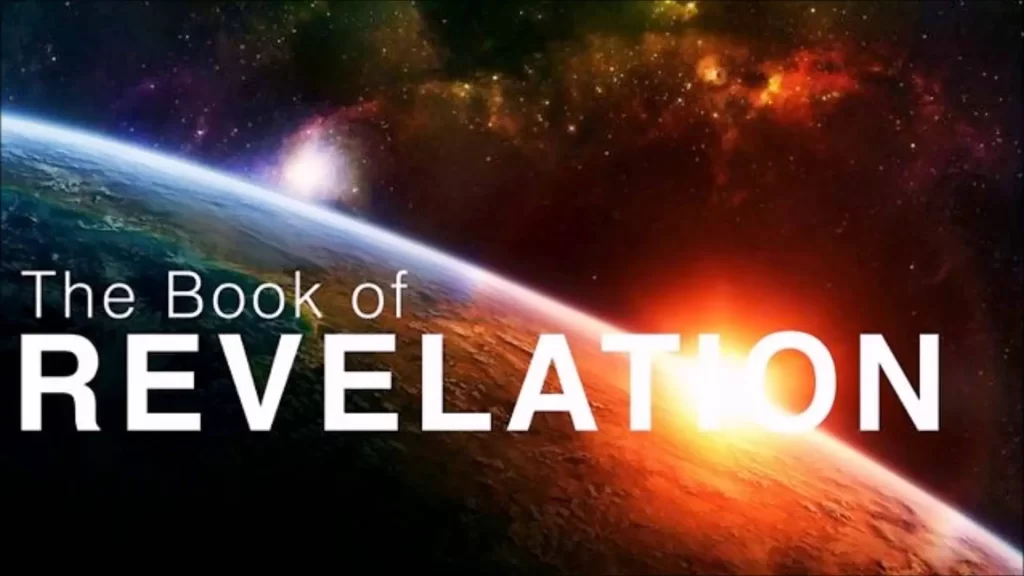Tonight we begin the Book of the Revelation of Jesus Christ. Please read Chapter 1. Please use a study Bible if you have one. After our introductory salutation, we have the preparatory vision of St. John in Revelation 1:9-20. Within this vision, John introduces himself to his audience and introduces three reoccurring themes in Revelation of security, hope, and discipleship.
Introduction to the Vision:
John opens his vision (vv.9-11) with an assurance to his audience that he is one of them. John writes that he is their brother, and shares with them their tribulation and their patient endurance. (v.19). John is going through his tribulation because of the testimony/martyrdom of Jesus, just as those to whom he is writing are going through the same tribulation for the same reason. John does not assert any authority over his audience or appeal to his position as a disciple of Jesus. Rather, John wants his audience to know that he too is suffering with them and is one of them. John is embodying Jesus’s command to his disciples to never lord their position over others because just as Jesus must suffer so must his disciples. Matt. 20:26.
Importantly, John also tells us that this vision occurred on the “Lord’s Day.” In many ways, Revelation is a liturgical text. It is the liturgy of the victory of God in Christ over the forces of evil, and, as we will discover, the liturgy of Revelation shares many similarities to our present Sunday liturgy. John wants his audience to experience his vision as being the worship and glorification of God because that is the chief end of their and our life in Christ. (Ps. 86:9, 1 Cor. 10:31).
Security in Christ:
The first theme we encounter is our security in Christ because of who Jesus is. John’s vision begins (vv.12-16) with a restated vision of Daniel 7:9-14. Daniel has a vision of the “Ancient of Days” who is seated on the throne and clothed in white with his hair as white as pure wool with fire coming forth from him. Daniel also sees the “Son of Man” to whom the Ancient of Days gives dominion, glory, and power. In John’s vision, however, the description given to Jesus encompasses Daniel’s description of both the Ancient of Days and the Son of Man. John describes Jesus as the Son of Man who is clothed with white, with white hair like wool, and with fire coming from his eyes. Jesus partakes of God’s very identity. As Thomas previously declared, Jesus is both Lord and God. John 20:28.
Within this opening, John describes this Son of Man (Jesus) standing in the midst of the lampstands (the churches). The Church – John’s immediate audience and us – have security because it is Jesus as Lord and God who stands with us and amongst us. Therefore, Jesus can say with full authority: “Fear not!” (v.17) Those who stand with Christ will ultimately be kept secure no matter what comes our way
Hope in Christ:
The second theme we encounter in this first vision is one of hope because of what Jesus has done, is doing, and will do. In ancient Rome, a victorious commander was declared to be an imperator. This is where we get the English word emperor, and where the Roman emperor’s authority comes from. In v.18 Jesus tells that he is the imperator over Death and Hades. He tells us that by his resurrection he has overcome them and holds the keys to both. The Crucifixion is the ransom paid to free us from our sins (v.5b) and the Resurrection is the victory that Christ has achieved over death and hell and the forces of evil (v.18). The one who was killed is now living and will live forever.
Because Christ has conquered death and hell, has arisen as the first-born of the dead (v.5), and is alive for evermore (v.18), so too is the hope of those in Christ, that Jesus will bring them into everlasting life. The hope is that death is but a minor setback, and the victory belongs to him who overcame death and to those who stand with him in his witness/martyrdom. As Paul writes about this same hope: “But we do not want you to be uninformed about those who are asleep, that you may not grieve as others do who have no hope. For since we believe that Jesus died and rose again, even so, through Jesus, God will bring with him those who have fallen asleep.” 1 Thess. 4:13-14.
Discipleship in Christ:
The final theme we encounter in this first vision to the seven churches is the call to discipleship. John is commanded to write everything down and to send it on to these churches to obey the teachings in the vision. (v.11). In Revelation 2-3, we will see the contents of this teaching and the specifics of this call to discipleship. As we work our way through Revelation, we will also see this continuous call to discipleship be given to the saints. As we have looked at recently, this call to discipleship is the final direction given to the disciples at the Great Commission. (Matt. 28:16-20). We will explore this theme further over the next two weeks.
Dinner is at 6:30. The menu is baked penne and meatballs. Discussion about 7:15. Hope to see you here!
By His resurrection, Christ won the victory over law, sin, flesh, world, devil, death, hell, and every evil. And this His victory He donated unto us. These many tyrants and enemies of ours may accuse and frighten us, but they dare not condemn us, for Christ, whom God the Father has raised from the dead is our righteousness and our victory.
Martin Luther, Commentary on Galatians, Gal .1:1

